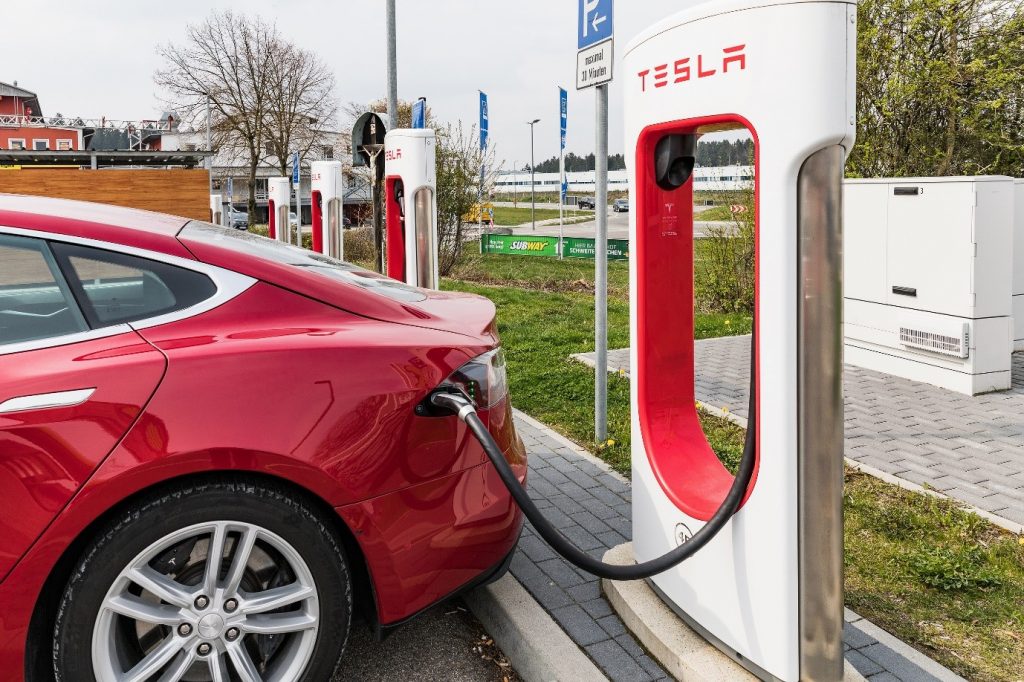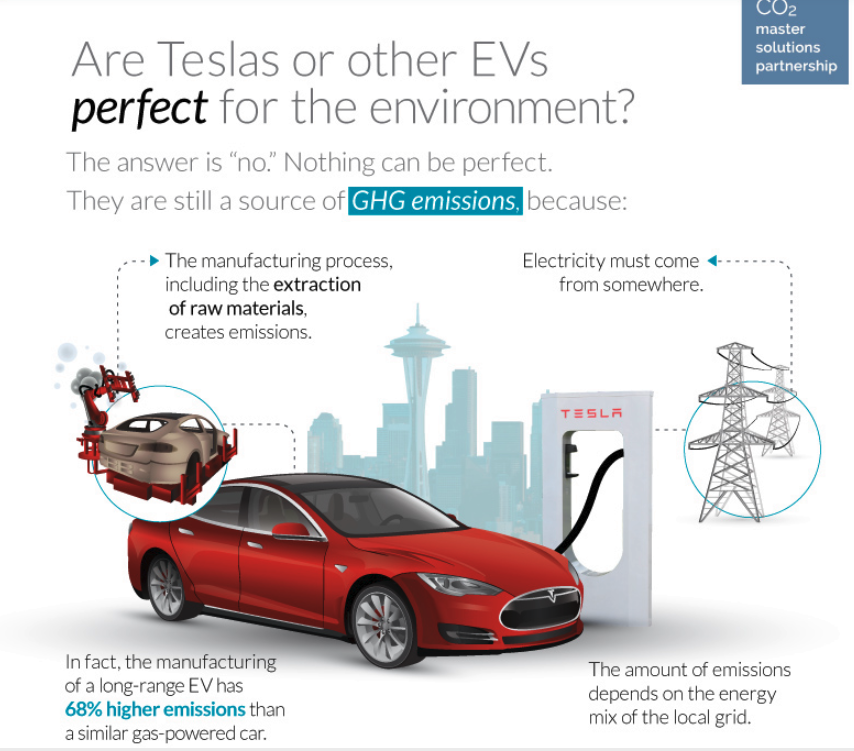Tesla has been praised as the pioneer in the electric vehicle industry and one of the key drivers behind the zero-carbon economy in the field of transportation.
Controversially, its target market segment is not the fuel-conscious, but the rich and affluent that are not price-sensitive.
While Tesla has declared its goal to run on 100% renewable energy, a deadline is yet to be published. It’s also worth noting that the company does not have a sustainability policy, which in the past decade, has become a standard on big corporation websites.
In 2018 Tesla earned a score zero in its corporate climate governance assessment by the Transition Pathway Initiative, as it had not disclosed any management information, and even faced a $139,000 environmental pollution fine for high levels of nitrogen oxides from its assembly plant in Fremont.
But is the company doing its best to save the planet from carbon emissions?
Sustainability as a business model

In the field of car making, electric vehicles (EV) are increasingly competing with traditional diesel and gas-powered cars.
Tesla has capitalised on the growing public concern and interest in the environment by integrating C02 emission reduction in its business model. It has made its mission to accelerate the world’s transition to sustainable energy and towards a zero-emission future by moving away from relying on fossil fuels.
Although there are undeniable benefits of electric cars, the environmental benefits could be overhyped.
Electric vehicles still contribute to pollution, and Virginia McConnell, an economist at the environmental research firm, Resources for the Future, says that “If you use coal-fired power plants to produce the electricity, then all-electrics don’t even look that much better than a traditional vehicle in terms of greenhouse gases.”
Lithium-ion batteries
Research by Engaged Tracking, a UK company that analyses the sustainability of companies for potential investors, found that other brands of electric vehicles are greener, such as the BMW i3, which is 15% more efficient than Tesla. The difference, however, is the fact that the Tesla Model S is a big luxury car that requires a larger lithium-ion battery than the BMW i3. The CO2 emissions, therefore, depend on the energy grid and the size of the Tesla model.
To illustrate, the Tesla Model 3 is smaller and therefore more efficient than the BMW i3, and comes with a more affordable price tag of £38k. Tesla is striving to reduce the costs in hopes to make a profit and move the company from a niche brand to a competitive automaker. To attempt to make the business profitable, Tesla recently had to cut off employees and shift sales online.

Lithium used in Tesla batteries is extracted from brines beneath deserts, but with the growing demand, driven by Tesla itself, the chemical is collected in mines. Extracted by crushing rocks in places like Australia, it is sent to China for processing, and then to California, where the cars are assembled.
Unfortunately, the mining process is often powered by fossil fuels, and as a whole, pollution is creating in nearly every step of the production process.
Although the lithium extraction process accounts for only 10-20% of the C02 pollution, most of the negative environmental impact comes from raw material processing and battery production.
ROOM FOR IMPROVEMENT
If you visit the Tesla website, you will see a carbon emission counter that has been running on the website for several years, proudly claiming how many tons of C02 emissions Tesla has saved by its electric-powered cars.
At the same time, people have witnessed Tesla using portable diesel generators with portable Superchargers on busy routes and holiday weekends.
Tesla’s image of clean transportation does not seem so clean after all. Tesla should do more by investing in lithium battery recycling plants and by putting solar panels by their lithium mines to reduce the environmental damage.
Perhaps encouraging more of their clients to install solar panels on the roofs of their Tesla’s would reduce the need for charging facilities too.
You might argue that Tesla is making its EV patents freely available and inspiring other car manufacturers to switch from fossil fuel power to renewable energy. However, it is still promoting people to buy more cars and driving the manufacturing industry, which overall leads to even more pollution and unhealthier environment.
Although it might have the potential, Tesla is not yet the panacea for transport carbon emissions.
